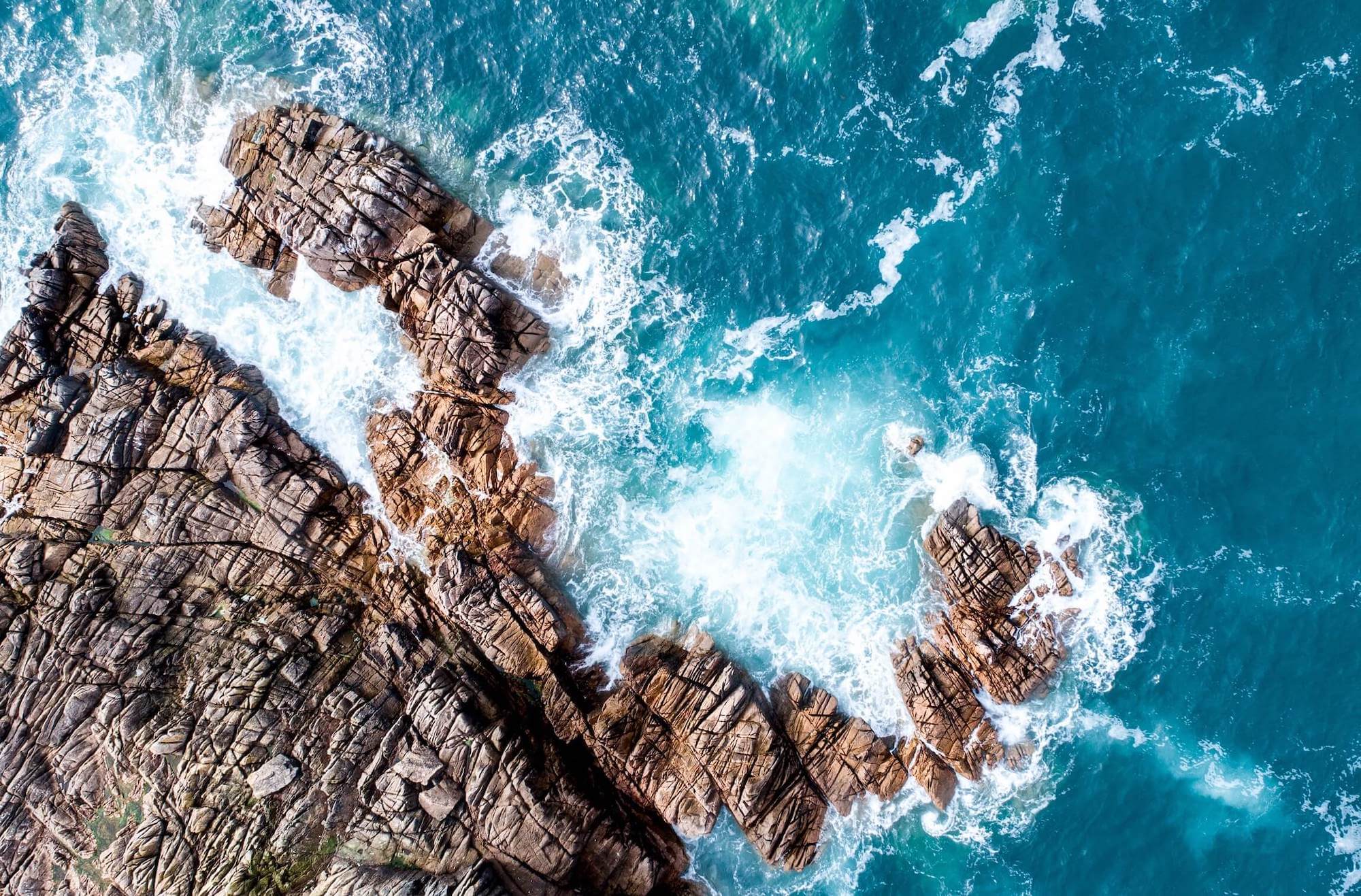흥미진진한 스포츠베팅을 위한 먹튀검증 가이드
스포츠베팅은 많은 사람들에게 흥미로운 취미이자 도전이 되는 활동입니다. 그러나 이를 즐기기 위해 믿을 수 있는 먹튀검증이 필수적입니다. 이 가이드에서는 다양한 스포츠베팅 사이트와 관련된 정보를 제공하여 안전하고 신뢰할 수 있는 선택을 할 수 있도록 도와드리겠습니다. 반딧불벳, 풀스윙벳, 갤러리아벳을 비롯한 다양한 사이트들에 대한 먹튀검증 정보를 통해 여러분의 스포츠베팅 경험을 더욱 즐겁고 안전하게 만들어보세요. 인기 있는 먹튀검증 사이트 …
